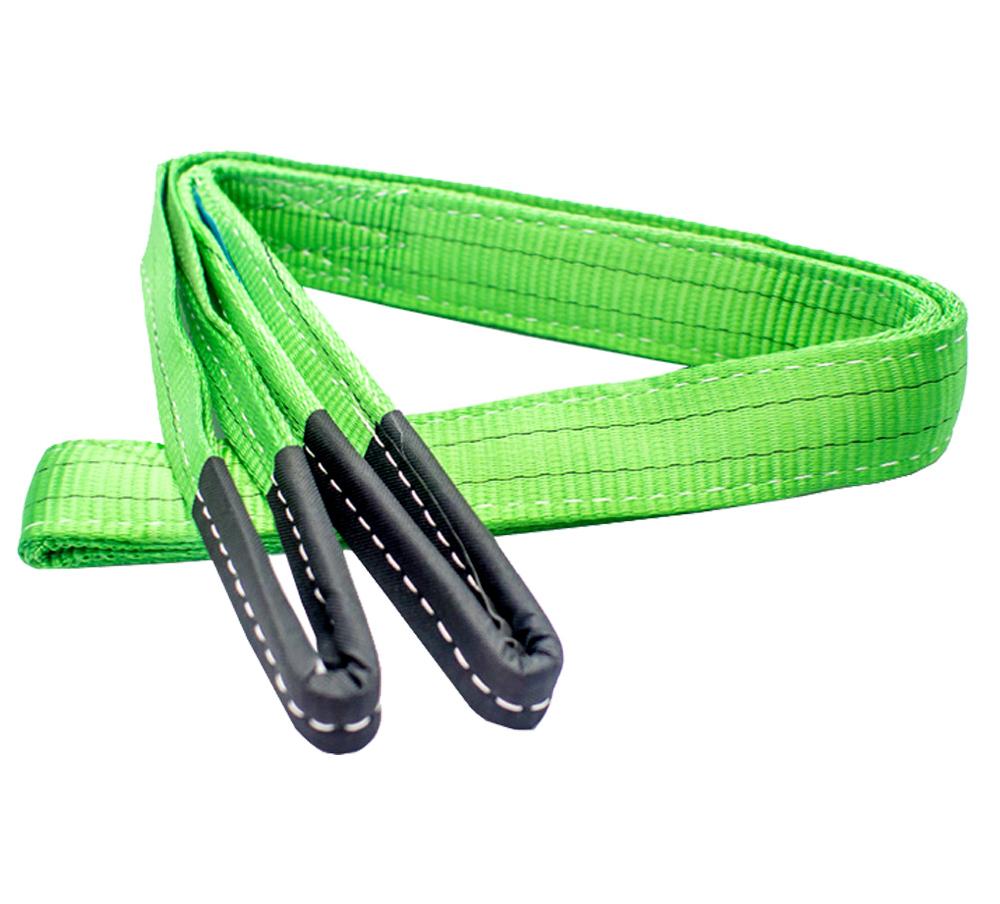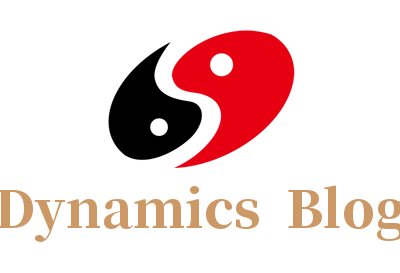In the fields of modern industrial handling, construction, warehousing logistics and heavy equipment lifting, the choice of lifting tools is crucial. Compared with traditional wire ropes or chains, polyester webbing slings are increasingly becoming the preferred products in various lifting applications due to their lightness, safety, flexibility and corrosion resistance. However, different lifting requirements correspond to different specifications and types. How to scientifically and rationally choose a suitable polyester lifting belt is the key to ensuring operation safety and improving work efficiency.
This article will analyze in detail from multiple angles to help you choose the right polyester webbing sling according to your lifting needs and avoid safety hazards and economic losses caused by blind purchases.
1. What is Polyester Webbing Sling
Polyester webbing sling is a flexible lifting tool made of high-strength polyester fiber as the base material and made by weaving. According to the structural form, it can be divided into flat webbing slings and round slings; according to the number of layers or load-bearing methods, it can be divided into single-layer, double-layer, multi-layer and other types.
Its main features include:
Lightweight and soft: suitable for lifting fragile workpieces, such as coated steel plates, glass, etc.
High strength: high tensile strength, suitable for large-tonnage lifting operations.
Corrosion resistance: suitable for special working environments such as chemical and marine.
Low cost: compared with chain slings and wire rope slings, it has a higher cost-effectiveness

2. Clarify the basic information of the lifting object
The first step in choosing a suitable lifting belt is to understand the basic parameters of the object you want to lift, including but not limited to the following points:
2.1 Weight of the object
The load capacity (Working Load Limit, WLL) of the lifting belt must be greater than or equal to the total weight of the object being lifted. Polyester lifting belts usually have different load levels, ranging from 1 ton, 2 tons to 10 tons or even higher, and each level of lifting belt has different colors and widths. Understanding accurate weight data is the basis for all subsequent parameter selection.
2.2 Lifting method
Different lifting methods have a great influence on the stress condition of the lifting belt. Common methods include straight lifting, U-shaped lifting, double-leg lifting, and wraparound lifting. For example, the load-bearing capacity of the same lifting belt in straight lifting is the benchmark value, while it can be increased to 1.6 times in U-shaped lifting; but if the angled double-leg lifting method is used, the load-bearing capacity will decrease if the angle exceeds a certain range.
2.3 Shape and surface characteristics of the hoisted object
If the hoisted object is a steel structure with sharp edges, burrs or sharp corners, special attention should be paid to anti-cutting treatment, because although the polyester lifting belt has high strength, its resistance to cutting is not as good as that of metal materials. In such cases, it is necessary to use a sheath or choose a thickened anti-cutting lifting belt. For irregularly shaped or slippery objects, the anti-slip coefficient and covering area of the lifting belt must also be considered.
2.4 Use environment
Polyester material is resistant to corrosion by most chemicals and is especially suitable for outdoor operations or humid environments. However, its performance will be affected when used in extremely high temperatures (above 100°C) or strong acid and alkali environments. Therefore, it is necessary to choose whether to use pure polyester lifting belts or composite lifting belts (such as those with polyurethane coatings or protective coatings) according to the actual working conditions.
3. Choose the right type of lifting belt
Polyester lifting belts are mainly divided into the following types, and different types are suitable for different lifting scenarios:
3.1 Flat Webbing Sling
This is the most widely used type, with a flat shape and reinforced eyelets at both ends. It is suitable for straight lifting, U-shaped lifting, wrap-around lifting, etc., and is usually used for lifting objects such as steel pipes, mechanical equipment, and large plates.
Advantages: soft and non-damaging, light weight, and wide application
Applicable scenarios: construction, equipment handling, logistics warehousing
3.2 Round Sling
The interior is a continuous ring of high-strength polyester fiber, and the outside is covered with a protective cover. Its 360° seamless structure makes it more flexible, especially suitable for lifting precision or easily damaged workpieces, such as stainless steel equipment, polished aluminum parts, etc.
Advantages: good flexibility, high strength, long life
Applicable scenarios: precision equipment handling, high-end metal product lifting
3.3 Thickened wear-resistant slings
This type of sling usually has an anti-cut protective layer or polyurethane reinforcement wrapping on the outer layer. It is designed for harsh environments and can be used to lift objects with sharp angles or burr surfaces.
Advantages: cut resistance and wear resistance
Applicable scenarios: steel structure lifting, outdoor heavy industry scenes
The type of sling you choose must be matched according to your specific lifting needs to ensure safety and economy.
4. Reasonable matching according to frequency of use and budget
The frequency of use in actual applications of different companies varies greatly. Some companies have frequent lifting operations every day and fast equipment rotation; while some companies only need to use it a few times a month. On this basis, the following points should be considered:
4.1 Choose higher-specification slings for high-frequency operations
If you belong to a high-frequency lifting operation unit, you should choose a lifting belt with stronger durability and more stable structure, such as double-layer thickened flat belts and industrial-grade round slings. Although this type of sling costs slightly more, it has a long service life and low maintenance frequency, which is more economical in the long run.
4.2 Ordinary models can be selected for low-frequency use scenarios
For small businesses or individual users who occasionally use slings, ordinary polyester slings can be selected to control costs while ensuring that basic safety needs are met. Such slings are usually moderately priced and suitable for scenarios with limited budgets.
4.3 Reasonable configuration of spare parts of different specifications
It is recommended to configure 2-3 slings of different lengths and load-bearing levels to cope with different lifting needs. For example, short slings are used for straight lifting of heavy objects, and long slings are used for encircling and lifting large components to improve flexibility of use.
5. Pay attention to daily use and maintenance matters
Proper use and regular maintenance are equally important, which can extend the life of the sling and ensure operational safety. Here are a few suggestions:
5.1 Check before use
Before each use, check whether the sling is damaged, cut, derailed, chemically corroded, or has blurred labels. If there is any abnormality, stop using it immediately.
5.2 Avoid knots or twists
Knots in the sling will reduce the load-bearing capacity. When using it, keep the sling flat and evenly stressed to avoid local overload.
5.3 Proper storage after use
After use, it should be clean and dry, away from direct sunlight, chemical corrosion sources and sharp objects. Avoid long-term moisture or exposure to high temperature environment.
5.4 Periodic scrapping and renewal
Even if the sling has no obvious damage on the appearance, its performance may decline after long-term high-intensity use. It is recommended to set a periodic replacement plan based on the frequency of use, or refer to industry experience to determine the service life.
As a flexible, efficient and safe lifting tool, polyester webbing sling performs well in various lifting tasks. However, its performance advantages can only be fully utilized on the basis of correct selection, reasonable use and proper maintenance.
Whether you are engaged in industrial manufacturing, engineering construction, logistics handling, or equipment installation, as long as you clarify your lifting needs and conduct a comprehensive evaluation based on the core factors such as weight, method, environment, frequency, etc. described in this article, you can choose the polyester webbing sling that best suits your on-site use.
Lifting operations are not trivial, and scientific selection is the first step to ensure safety. Choosing regular brands, standard products, and supplemented by professional guidance and training is the way to safe, efficient, and cost-controlled lifting operations.
If you are looking for a professional and reliable polyester webbing sling supplier, or want to learn more about customized services and technical parameters, please contact us for detailed product manuals and quotation plans.
www.reliablesling.com
Zhangjiagang Reliable Co.,Ltd

